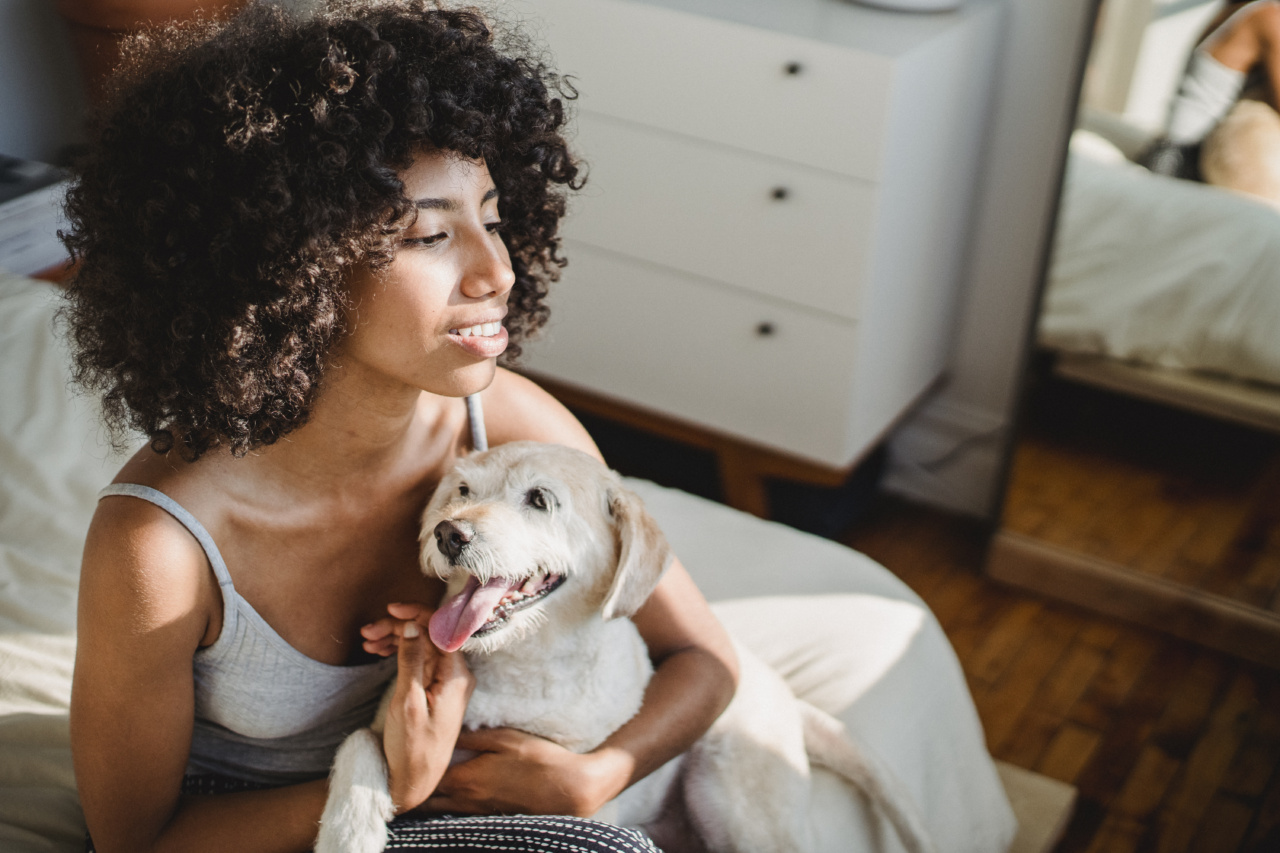Bringing a new puppy into your home can be an exciting and joyful experience. However, along with that excitement comes the challenge of preventing your furry friend from wreaking havoc on your beloved household items.
Puppies are naturally curious and energetic, which can lead to unbridled exploration and unintentional destruction. Fortunately, with some proactive measures and proper training, you can successfully protect your home while allowing your pup to grow and thrive. Read on to discover valuable tips and tricks for keeping your puppy from wrecking your house.
1. Create a Safe and Designated Space
Before bringing your puppy home, it’s essential to create a safe and designated space for them. Whether it’s a crate, a playpen, or a small room, this space will serve as your pup’s home within your home.
Make sure it is comfortable, secure, and equipped with appropriate bedding, toys, and water. This designated space will not only keep your puppy safe when you can’t supervise them closely, but it will also help prevent them from venturing into other areas of the house where they may damage things.
2. Provide Sufficient Exercise and Mental Stimulation
A tired puppy is a happy and well-behaved puppy. Regular exercise and mental stimulation are crucial in preventing destructive behaviors caused by pent-up energy.
Take your puppy for walks, engage in interactive play sessions, and provide puzzle toys that challenge their minds. By keeping your puppy physically and mentally stimulated, you reduce the likelihood of them resorting to destructive chewing or other mischievous behaviors as a means of entertainment.
3. Puppy-Proof Your Environment
Puppies are notorious for chewing on anything they can get their paws on. Therefore, it’s imperative to puppy-proof your home before your new bundle of joy arrives.
Start by removing any items that could pose a danger to your pup if chewed or ingested, such as electrical cords, toxic plants, or small objects. Use baby gates or other barriers to restrict access to certain areas until your puppy is trained and reliable. Remember that prevention is always better than trying to stop unwanted behaviors after they’ve occurred.
4. Supervise and Limit Freedom
When initially introducing your puppy to the entire house, it’s essential to supervise them closely. By keeping a watchful eye, you can redirect their attention away from potential destructible items and guide them toward appropriate behavior.
As your puppy learns and becomes more trustworthy, gradually increase their freedom within the house. Gradual exposure to different rooms and items will enable your pup to develop self-control and make responsible choices.
5. Establish Consistent and Positive Reinforcement Training
Consistent and positive reinforcement training is crucial in preventing destructive behaviors and teaching your puppy what is acceptable.
Reward your pup with treats, praise, and affection for good behavior, such as appropriate chewing toys or going to the bathroom outside. On the other hand, avoid punishing or scolding your pup for accidents or destructive acts, as this may create anxiety or confusion. Instead, redirect their attention to appropriate toys and provide positive reinforcement when they engage with them.
6. Encourage Appropriate Chewing
Chewing is a natural and necessary behavior for puppies. Instead of trying to eliminate it completely, focus on redirecting your puppy’s chewing instincts toward appropriate items.
Provide a variety of chew toys specifically designed for puppies, such as rubber toys or bones. Rotate the toys to keep them interesting, and reward your puppy when they chew on the designated items. This will teach them what is appropriate to chew and, over time, help save your furniture and belongings from becoming casualties of teething.
7. Utilize Deterrents
If your puppy consistently targets specific items in your home, you can use deterrents to discourage them from engaging with those objects.
Bitter-tasting sprays, specifically formulated for puppies and dogs, can be applied to furniture corners, baseboards, or other tempting areas. Similarly, motion-activated alarms or devices that emit a harmless but startling sound can help deter your pup from approaching off-limit zones.
Always remember to associate these deterrents with the object and not with your pup directly, to avoid creating fear or anxiety.
8. Keep Your Puppy Busy with Interactive Toys
Puppies are naturally curious and need mental stimulation to prevent boredom. Interactive toys, such as treat-dispensing puzzles or toys that make noise, can keep your puppy entertained and help redirect their attention from destructive behavior.
These toys engage their minds and challenge them to problem-solve, providing a healthy outlet for their energy.
9. Stick to a Routine
Establishing a consistent daily routine for your puppy is essential in minimizing destructive behaviors. Dogs thrive on predictability, and a structured routine helps them understand what is expected of them.
Set regular mealtimes, bathroom breaks, exercise sessions, and training sessions. Structure and routine provide stability and help prevent boredom or anxiety, which can manifest as destructive behaviors.
10. Seek Professional Help if Needed
If you find that your puppy’s destructive behaviors persist despite your best efforts, it may be beneficial to seek professional help.
A certified dog trainer or animal behaviorist can assess the situation and provide guidance tailored to your specific needs. They can identify any underlying issues contributing to the destructive behaviors and offer effective strategies to address them. Remember, seeking professional help is a positive step toward creating a harmonious bond with your puppy.


























